The term “lawn fungus” is to refer to the microorganisms that infect grass, causing discoloration and spotting of patches and even death if left untreated. Contrary to bacterial or viral illnesses, fungi thrive in humid and unmaintained lawns.
How Does Lawn Fungus Spread?
Fungal spores are found in:
- Rain and wind: Carrying microspores into new zones.
- Foot Traffic and Lawn Equipment: Mowers, shoes and Rakes
- Infected soil and Thatch: Spores remain dormant until the conditions are perfect.
- Inadequate drainage as well as overwatering: Creates an environment which is humid, which encourages growth.
Common Types of Lawn Fungus
| Fungus Name | Appearance | Best Time to Appear | Most Affected Grass Types |
| Brown Patch | Brown patches that are oblong (2-10 feet) | Summer (Hot & Humid) | Tall Fescue, Kentucky Bluegrass, Ryegrass |
| Dollar Spot | Small, silver-dollar-sized spots | Late Spring to Fall | Bentgrass, Bermuda, Zoysia |
| Powdery Mildew | White coating of powder on blades | Shady areas, humid | Kentucky Bluegrass, Fescue |
| Snow Mold | Circle patches of pink or gray | Spring’s first official day (After the snow) | All cool-season grasses |
| Fairy Ring | Dead grass | Summer & Fall | All grass types |
| Red Thread | Thread-like threads in pink and red | Cool and wet. | Fescue, Ryegrass, Bluegrass |
| Rust Disease | The blades are yellow/orange with an orange/yellow powder. | Late Summer to Fall | Kentucky Bluegrass, Perennial Ryegrass |
| Pythium Blight | Dark patches of scaly skin | Hot and humid weather | Bentgrass, Bluegrass, Ryegrass |
Why is Lawn Fungus a Problem?
- Aesthetic harm: Disgusting yellow, brown or dark patches.
- Grass dies: The presence of infections that can be serious may result in grass dying for a long time.
- The virus is rapidly spread: It is able to infect neighboring lawns, plants and grasses.
- It’s costly to fix: Overding and re sodding is feasible during the event of not being treated.
Causes of Lawn Fungus
Understanding the fundamental causes for the growth of fungal spores in lawns will help to the prevention and treatment. Below are the most significant elements that contribute to development of fungal spores.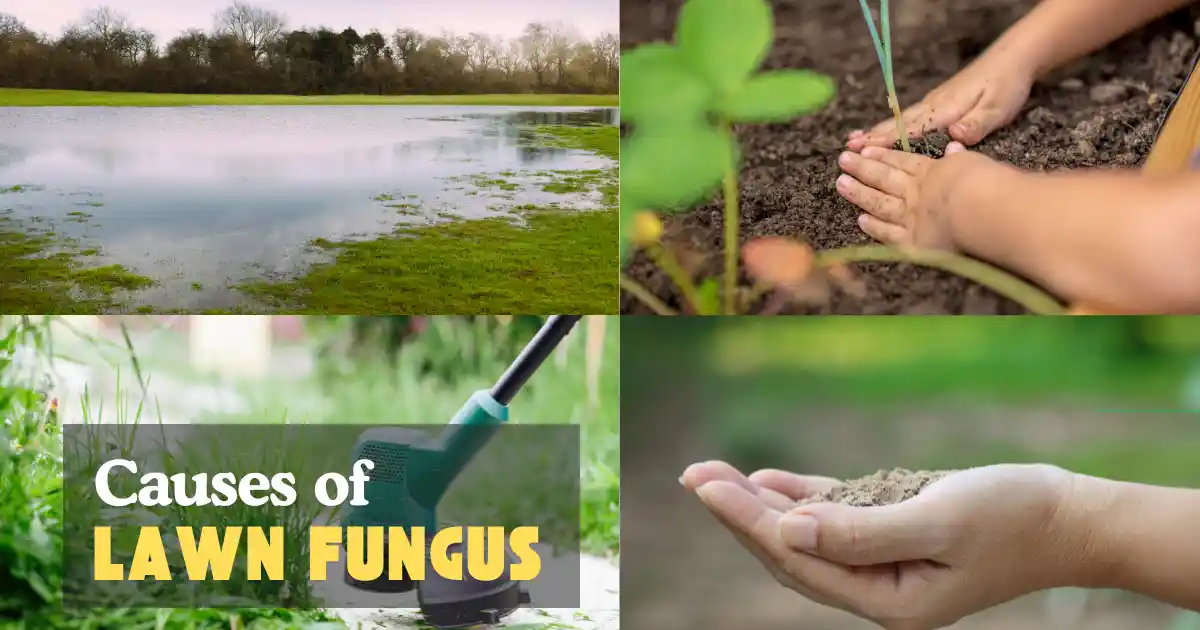
1. Overwatering & Poor Drainage
- A large volume of liquid results in a moist and airy environment that enables for fungi to thrive.
- Nighttime watering makes sure that grass stays wet for a long duration.
- Insufficient drainage causes the water to droop and increases the likelihood of fungal infections.
Solution:
- Consuming water earlier during the day (5-9 5-9 am) to let the grass dry.
- Use water hoses equipped with soakers and drip irrigation instead of sprinklers.
- Improve drainage through the installation of French drains or by the grading.
2. Compacted Soil & Thatch Buildup
- A soil that is compacted hinders both water and air from getting to the root, which strains grass.
- The layer of thatch (dead grass layers) over 1/2 inch holds in moisture, promoting the growth of fungus.
Solution:
- It is suggested to be sure to aerate the grass every two times per year (spring/fall).
- Dethatch If the size of the layer exceeds 1/2 inches.
3. Improper Mowing & Lawn Care
- The cutting of grass that is too long decreases the strength of grass which makes it more vulnerable to illnesses.
- Blades of an ordinary mower cut grass, creating opportunities for Fungi.
- These grass cuttings that are left behind can spread spores other people if they’re infected.
Solution:
- Rule of 1/3 Do not cut to 1/3 of grass’s height at one period of.
- Blades of mowers must be sharpened every 10 to 15 uses.
- Clippings taken from bags in the event of fungus.
4. Weather Conditions (Humidity, Heat, Rain)
- A high level of humidity (above 60 percent) encourages fungal growth.
- An extended time of rain or drought could cause stress on grass, which makes it more susceptible to being damaged.
- Variations in temperature (especially during the fall/spring seasons) can trigger eruptions.
Solution:
- Find forecasts for weather and change your consumption of water.
- Improve air circulation through trimming the trees that are in the vicinity.
5. Poor Soil Health & Nutrient Deficiencies
- An absence of nitrogen can cause grass to weaken and makes it more prone to disease.
- A pH that is not balanced (too acidic pH, or acidic or acidic) affects nutrient absorption.
- The absence of organic matter decreases the ability of soil to combat fungal growth.
Solution:
- Examine the soil every 2 – 3 years and alter according to the need.
- Fertilize correctly (avoid over-fertilizing since it could cause an increase in the severity of this fungus).
How to Identify Lawn Fungus
Early detection of fungus is essential in preventing the spread the fungus that causes lawn damage. Below are some of the most frequently encountered varieties as well as the indicators and methods to determine the presence of an infection.
1. Brown Patch
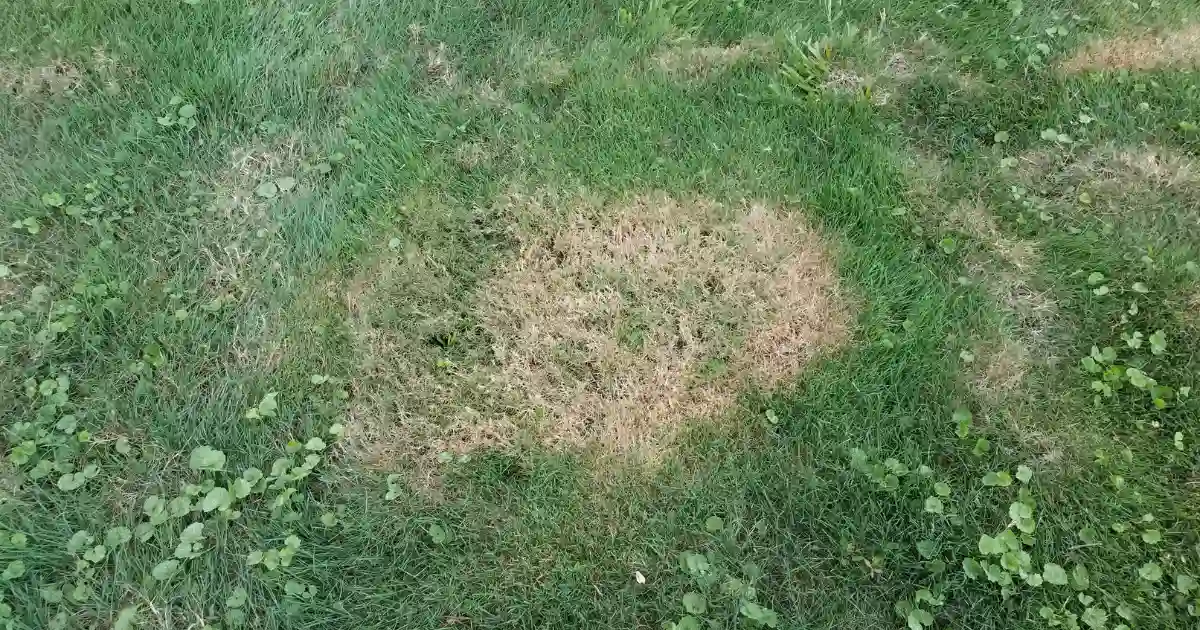
- Display: The patches are brown and rectangular (2-10 inches wide) with the more dark edge along the edges.
- Grass blades: Lesions that are dark and dying.
- If it’s Not Showing: Hot, humid summer months (75-90degF).
- Most affected grasses: Tall Fescue, Kentucky Bluegrass, Ryegrass.
2. Dollar Spot
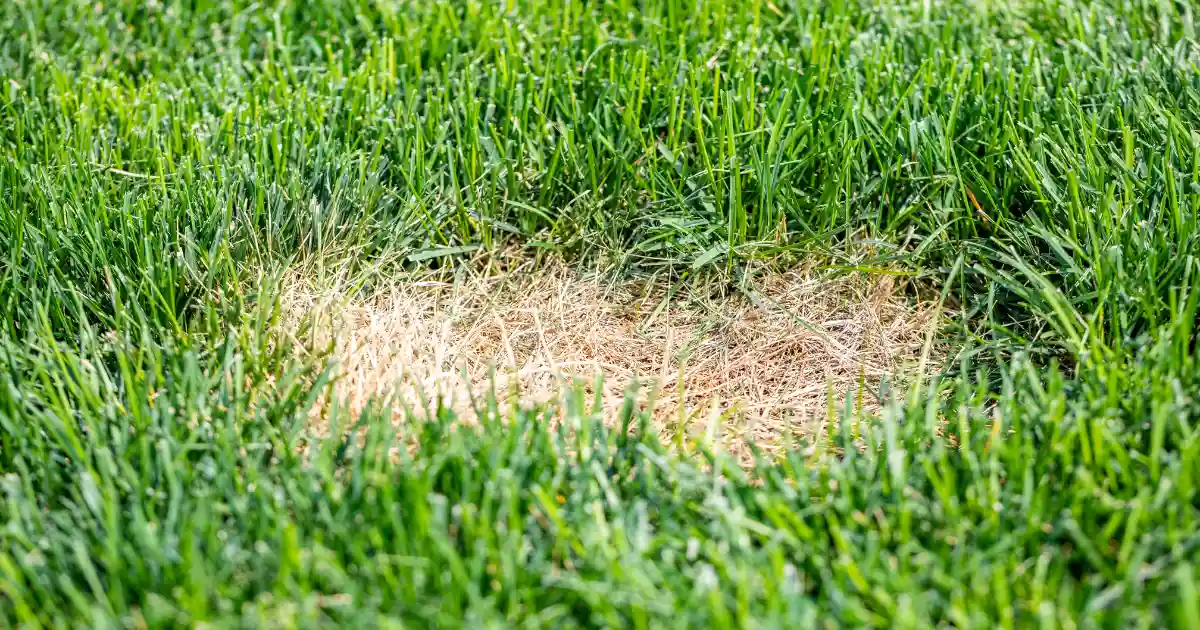
- Display: Tiny, silver dollar sized dead spots (1-6 inches).
- Grass blades: The grass color is straw, with border that appears to be reddish brown.
- When will it appear: Late spring through the end of Autumn (60-85degF High humidity).
- Most affected grasses: Bentgrass, Bermuda, Zoysia.
3. Powdery Mildew
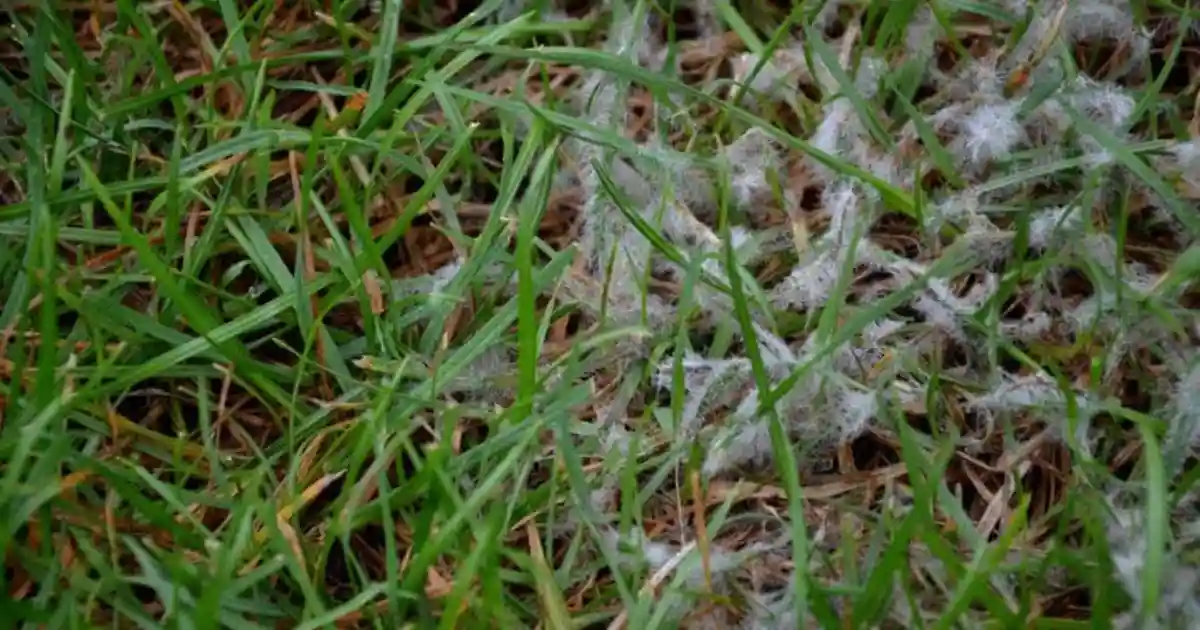
- Display: White, powdery coating on grass blades.
- Grass blades The grass is becoming yellow, and the growth has decreased.
- When will it appear: Shady, humid regions (60-70degF).
- Most affected grasses: Kentucky Bluegrass, Fescue.
4. Snow Mold
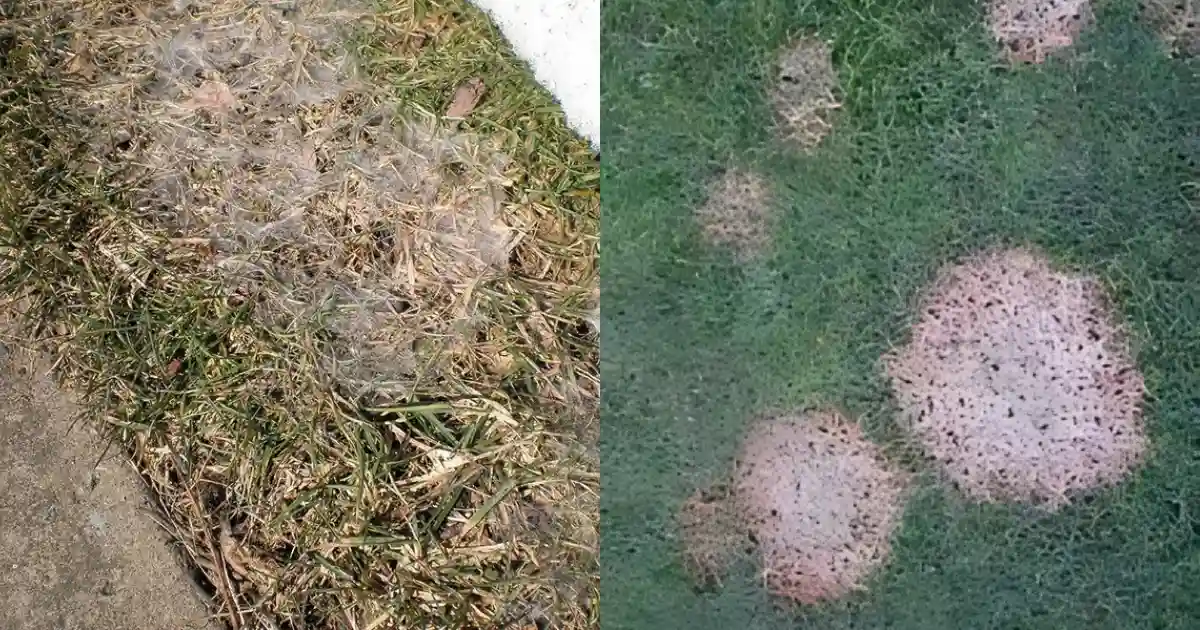
- Appearance:
- Gray snow mold Circles of gray/white.
- Pink snow mold pink patches, reddish or bluish in color which give the appearance of water soaked.
- When will it appear: Early spring after melting snow.
- Most affected grasses: The cool season grasses of all sorts.
5. Fairy Ring
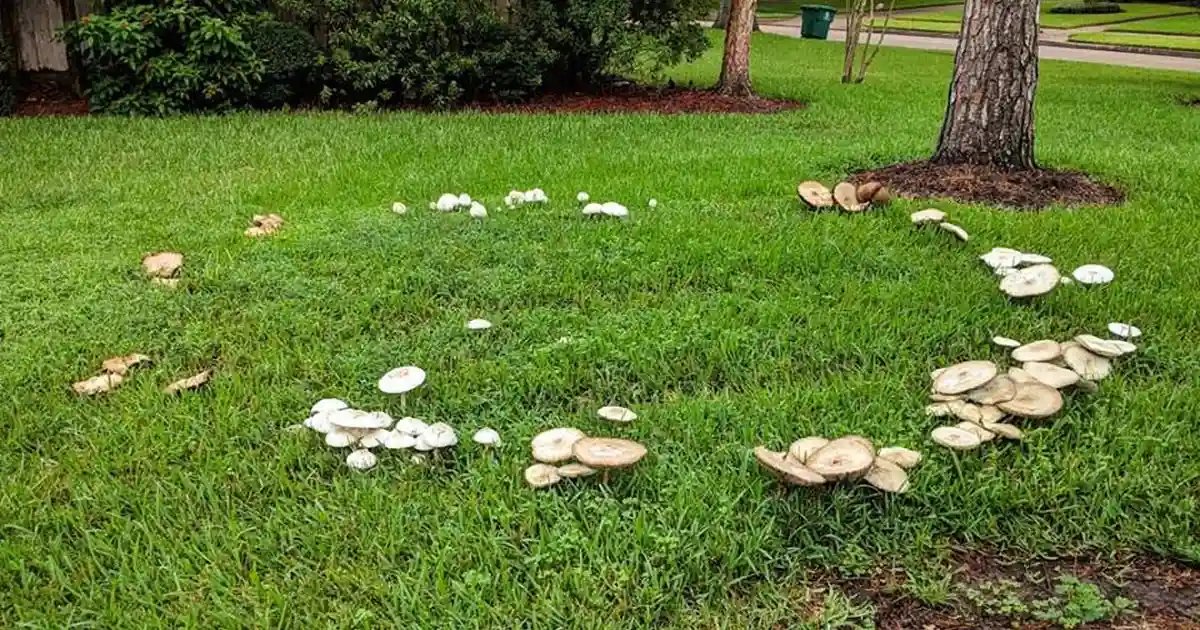
- Appearance: The ring is dark green (6 inches at foot) and dead grass in.
- Grass blades: Certain areas may be home to mushrooms which are growing.
- When will it appear: The seasons of summer and autumn (after torrential rains).
- Most affected grasses All grass types.
6. Red Thread
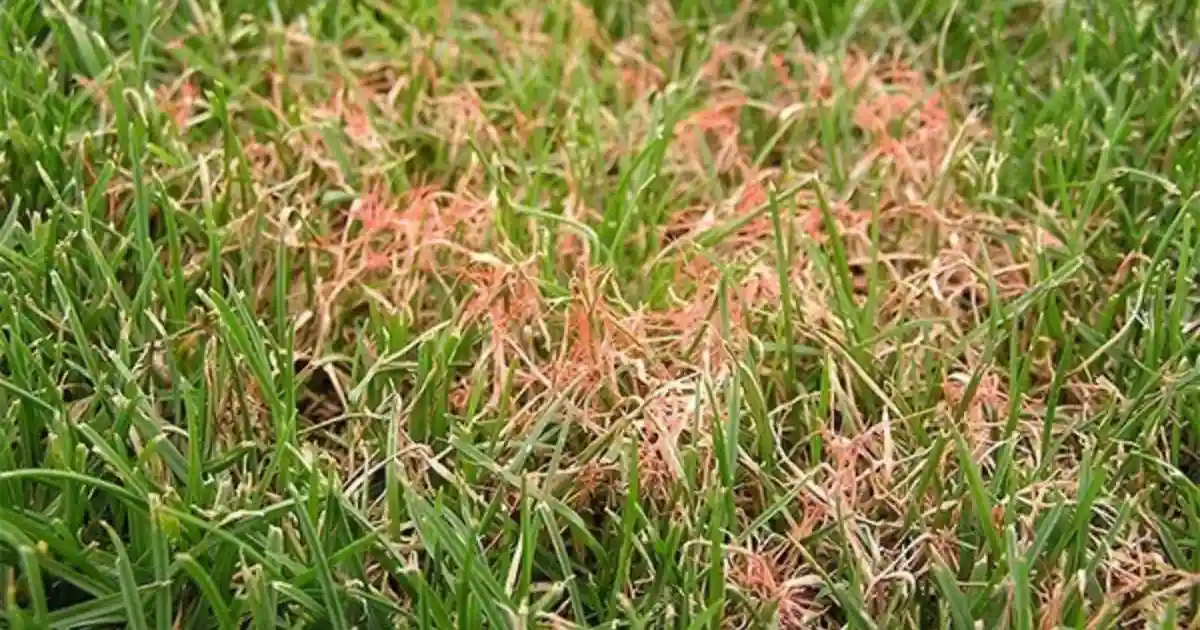
- Appearance: Hairs that resemble threads on grass blades.
- Grass blades: The patches are bleached or stained.
- When will it appear: It’s cold, wet weather (40-75degF).
- Most affected grasses: Fescue, Ryegrass, Bluegrass.
7. Rust Disease
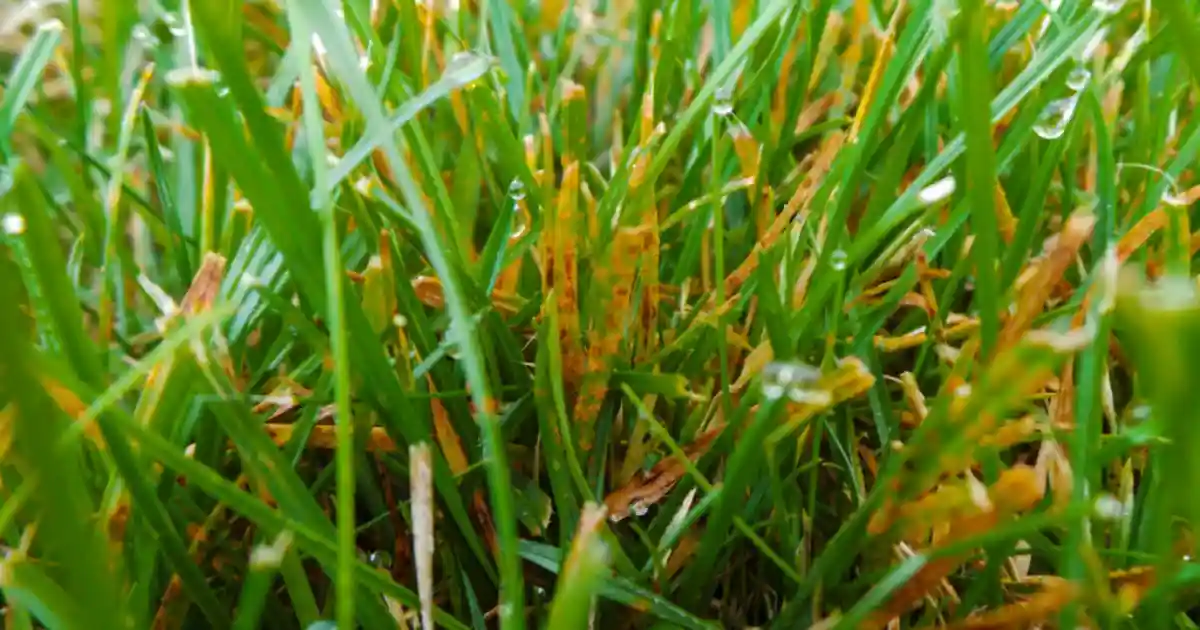
- Appearance: Yellow/orange powder in grass.
- Grass blades: Thin, weak and discolored.
- When will it appear: Late summer through autumn (dry days warm, dewy and warm).
- Most affected grasses: Kentucky Bluegrass, Perennial Ryegrass.
How to Prevent Lawn Fungus (Best Practices)
Preventing is more efficient than treating for lawn fungus. Make use of the following tried and true methods to ensure your lawn’s health:
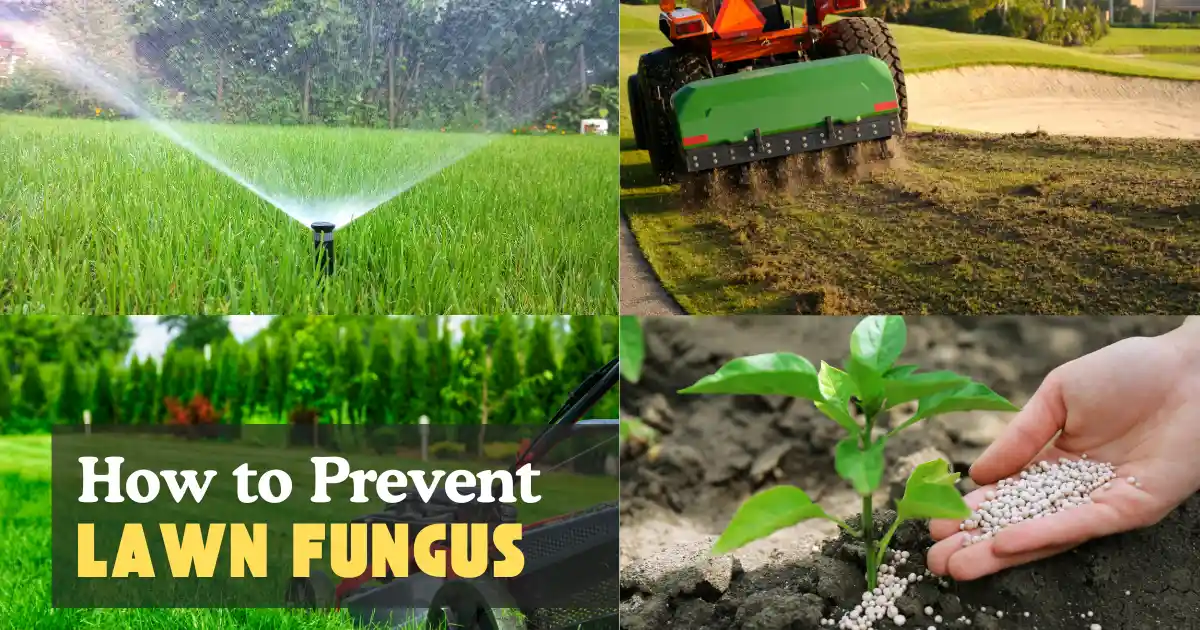
1. Proper Watering Techniques
Do:
- The water and is accessible in the morning hours (5-9 9:00 am).
- Use regular, regular irrigation (1-1.5 inches per week).
- Install rain sensor to prevent water from bursting.
Don’t:
- Drinking water during the end of the day (keeps the grass fresh the entire the night).
- Use every day light sprinkling (encourages root development that is shallow).
2. Aeration & Dethatching
- The method of Aerating two times throughout the period (spring/fall) to improve drainage.
- Then dethatch when the thickness is greater that one inch (use the dethatching tool, or an automated).
3. Correct Mowing Height & Frequency
| Grass Type | Ideal Mowing Height | Frequency |
| Kentucky Bluegrass | 2.5 -2.5 – 3.5 inches | Weekly |
| Tall Fescue | Three to four inches | Each day from 7 to 7. |
| Bermuda | 0.5 1.5 1.5 inches | Every Three to Five Days |
| Zoysia | 1 2 inches | Every 7-10 days |
4. Soil Testing & Fertilization
- Test soil at least once every two years (pH equals 6.0-7.0).
- Use fertilizers that slow down release (avoid excessive nitrogen levels throughout summer).
- Make use of compost to improve the soil’s health.
5. Choosing Fungus Resistant Grass Types
| Grass Type | Fungus Resistance | Best For |
| Tall Fescue | High (resists Brown Patch, Dollar Spot) | Cool climates |
| Bermuda | High (resists Rust, Dollar Spot) | Warm climates |
| Zoysia | Moderate (resists Brown Patch) | Transition zones |
| Kentucky Bluegrass | Low (prone to Powdery Mildew, Rust) | Northern U.S. |
6. Improving Air Circulation
- Cut down trees, shrubs and other plants to allow sunlight.
- Beware of crowding plants near lawns.
- Use fan in areas of excessive humidity (for grass that is smaller).
How to Treat Lawn Fungus (Natural & Chemical Solutions)
In the event that your yard is affected by the fungus, take action immediately to stop spread. Here are effective treatments that include natural remedies and chemical solutions to fungicides.
- Natural & DIY Treatments
- Neem Oil (Best for Powdery Mildew, Rust, Dollar Spot)
- Baking Soda Spray (For Powdery Mildew, Brown Patch)
- Compost Tea (Prevents Multiple Fungi)
- Cornmeal (For Fairy Ring, Brown Patch)
- Hydrogen Peroxide (For Pythium Blight, Snow Mold)
Note: Natural treatments work best for mild ailments. In the case of severe illness it is possible to require chemicals to kill fungi.
When to Call a Professional
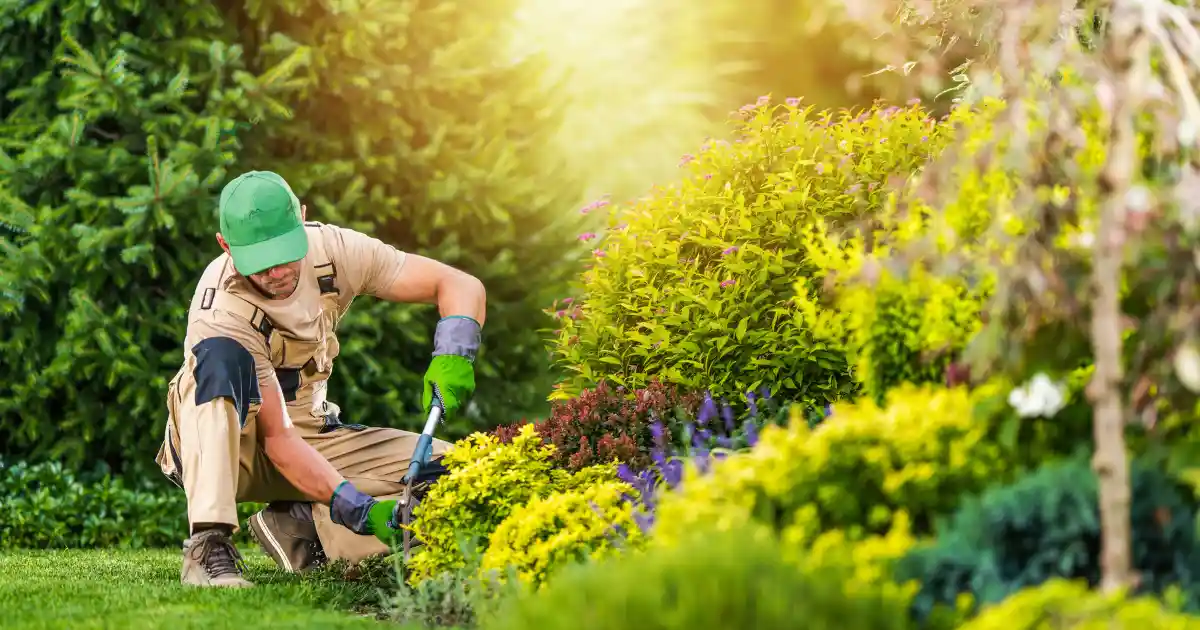
- Engage a lawn maintenance professional When:
- The fungus is responsible more than 25 percent of in lawns..
- DIY solutions do not work after a few applications.
- You are suffering due to the fungus that’s repeating every year.
- The lawn is the home of various kinds of fungi all at once.
The Pros: Numerous lawn maintenance companies (like TruGreen, Lawn Doctor) offer treatments for fungal growth that cost $50-$150 per treatment.
Price in Lawn Fungus Treatment (DIY vs. Professional)
DIY Lawn Fungus Treatment Costs
| Treatment Method | Cost per 1,000 sq ft | Effectiveness |
| Neem Oil | $5-$15 | Moderate (best for light circumstances) |
| Baking Soda Spray | $1-$5 | Extremely low (preventative only) |
| Compost Tea | $10 to $10 (if you have compost available) | Moderate (preventative) |
| Cornmeal | $10-$20 | Moderate (slow-acting) |
| Hydrogen Peroxide | $5-$10 | High (for Pythium, Snow Mold) |
| Chemical Fungicide | $20-$50 | High (fast-acting) |
The cost of the total DIY cost for the 5,000 square. feet. of lawn ranges from $30-$150 (depending on the extent).
Professional Lawn Fungus Treatment Costs
| Service Type | Cost per Application | Frequency Needed |
| Single Fungicide Treatment | $50-$150 | 3-4 times per season |
| Seasonal Fungus Prevention Program | $200-$500 | 3-4 applications/year |
| Lawn Renovation (Severe Damage) | $500-$2,000 | One-time (re-sodding, aeration) |
Seasonal Lawn Fungus Care Guide
The fungus thrives in different conditions throughout the year. Here’s how to modify your lawn care throughout the year:
1. Spring
Do:
- Rake up dead grass & debris (removes fungal spores).
- Aerate and supervise areas that aren’t covered.
- Apply an anti fungicide (if it was a snow mold problem).
Don’t:
- Walking on grass which is damp (compacts dirt).
- Don’t fertilize too early (wait till the soil temperature is at 55 ° F).
2. Summer
Do:
- It’s slightly deeper however, it is not as often (1-1.5 inches per week).
- Mow high (3-4 inches ) for cold summer grasses).
- Apply fungicides as the first sign of an existing brown Patch or Dollar Spot.
Don’t:
- Water at night (promotes fungus).
- Utilize high nitrogen fertilizers.
3. Fall
Do:
- Improve aeration and dethatch (improves the drainage).
- Spread grass resistant to the fungus.
- Utilize fall-based fertilizers (strengthens the root).
Don’t:
- Let leaves pile up (traps moisture).
- Skip fungicide if you had summer fungus.
4. Winter
Do:
- Eliminates snow accumulation (prevents matting).
- Beware of your feet in the icy grass.
- Use a preventative to fight winter mold (PCNB and flutolanil).
Don’t:
- It is snow piled all over the place (creates spots of Fungi).
- Use salt based Ice melts (damages your grass).
Conclusion
Lawn fungus can be a often present problem, but it is a manageable issue which can be treated. If you adhere to these crucial guidelines to identify, stop and manage the fungus effectively:
Prevention is Key:
- Drinking water is an excellent habit to have in the early morning for Lawn.
- Dethatch and aerate frequently.
- The mow must be of the right height.
- Choose fungus-resistant grass.
Early Detection Saves Your Lawn:
- Every week, check for powders or patches and discoloration.
- Move at the first hints of the fungus.
Treatment Options:
- Gentle case: Neem oil, baking soda, and compost tea.
- Severe situations: Chemical fungicides.
- Troubles with recurring problems: Hire a lawn maintenance professional.
Seasonal Care Matters:
- Spring Aerate Shake it in order to prevent snow mould away.
- Summer: Water deeply, mow high, watch at the right time to look for Brown Patch.
- Autumn: Overseed, dethatch Apply fungicide.
- Winter: Remove snow, avoid compaction.
FAQ’s
How long does it take for lawn fungus to go away?
Cases of moderate severity (DIY treatment): 1-3 weeks.
Cases of serious infection (professional treatment): 2-6 weeks.
Recurrence of fungus: May require seasonal prevention.
Can lawn fungus spread to other plants?
Yes! Some fungi (like Powdery Mildew, Rust, for example) can affect garden plants, shrubs, and trees.
Prevention: Keep lawn tools clean and avoid overhead watering near garden beds.
Will lawn fungus kill my grass permanently?
If treated early, grass can recover.
If left untreated, some fungi (like Pythium Blight) can kill grass permanently, requiring re-sodding or overseeding.
How often should I apply fungicide?
Preventative: Every 4–6 weeks during peak seasons.
Curative: Every 7–14 days until the fungus clears.
Can I prevent lawn fungus without using chemicals?
Yes! Use:
- Proper watering and mowing
- Aeration and dethatching
- Compost tea and neem oil
- Fungus-resistant grass varieties
However, severe infections may still require chemical fungicides for effective control.
Final Tip from QuickHomeExperts
“A healthy lawn is the best defense against fungus. Focus on proper watering, mowing, and soil health and you’ll spend less time treating problems and more time enjoying your yard!”
Need help in dealing with Lawn Fungus?
If your garden may be being affected by an infestation of fungus, our experts from QuickHomeExperts are here to help! Whatever you require, whether it’s assistance with DIY or professional treatment suggestions, we’ve got you covered.
Contact us today to set up an appointment for a FREE lawn care consultation!

